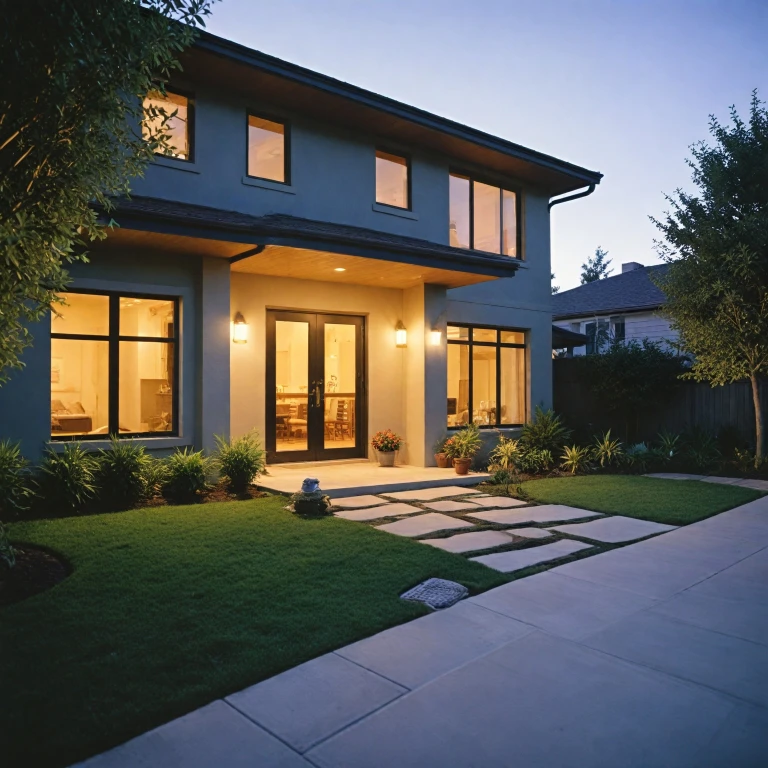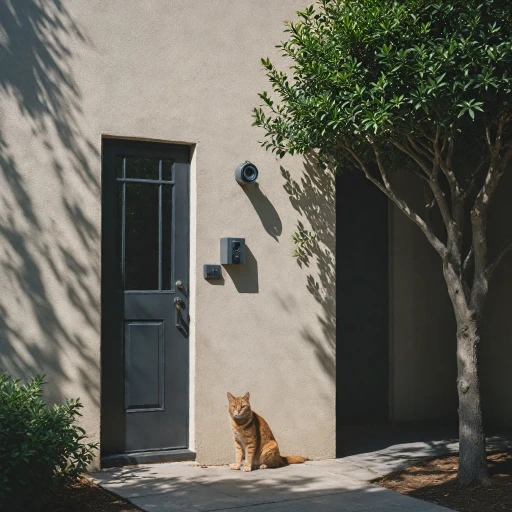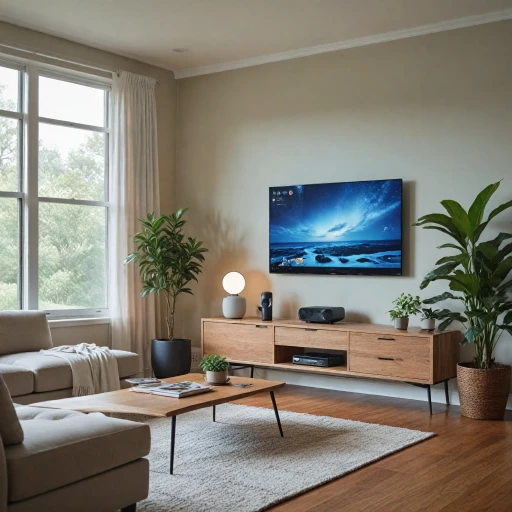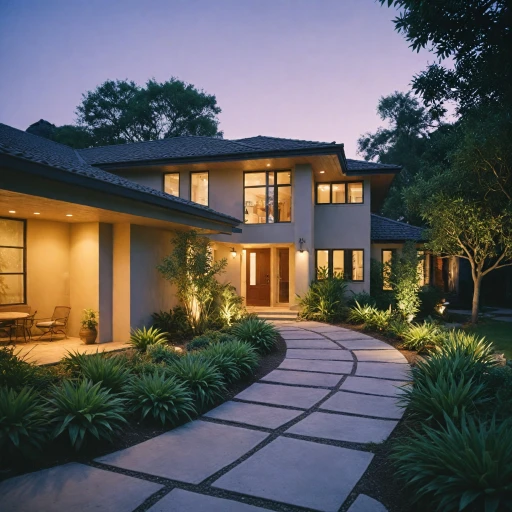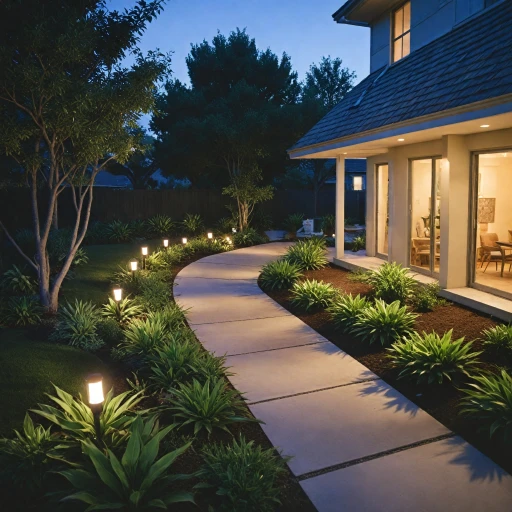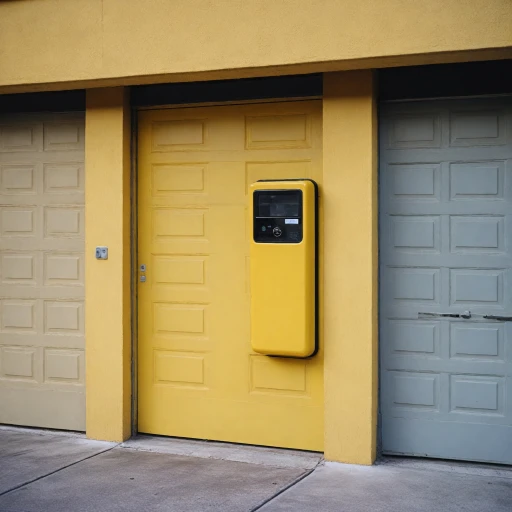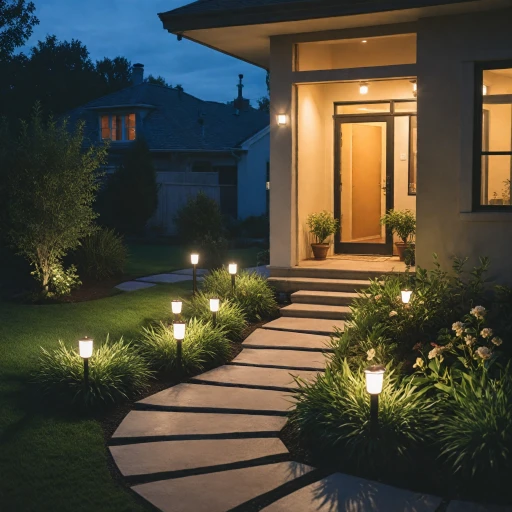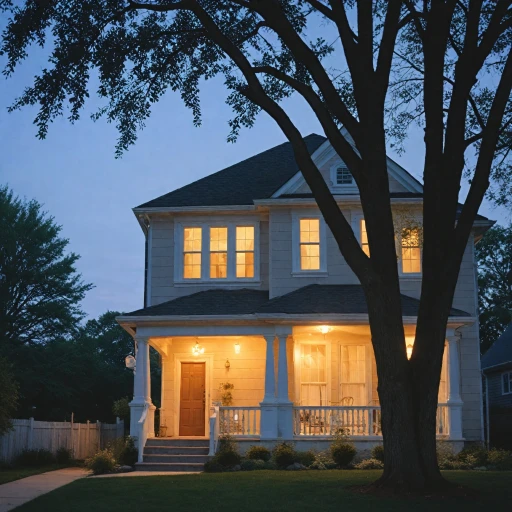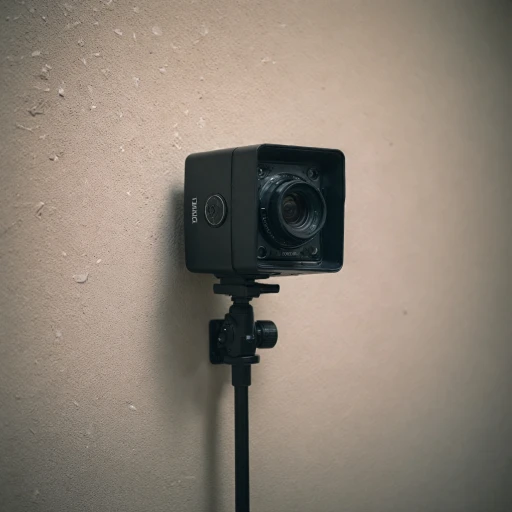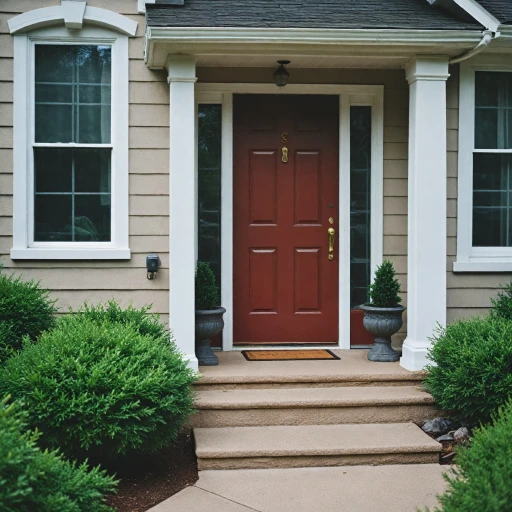
Understanding Motion Sensor Technology
An Introduction to Motion Sensor Technology
Understanding motion sensor technology is key to selecting the right security camera for your home. These cameras are equipped with sensors that detect movement within their range, allowing them to engage functions such as recording, sending notifications, or activating alarms. This capability makes them a valuable asset in deterring potential intruders and enhancing overall security. Motion detection is at the heart of these systems, functioning through different methods like infrared, microwave, or ultrasonic waves. These sensors compare the baseline state of the environment with dynamic changes to identify any movement. For example, the Nest Cam and Tapo models often use advanced algorithms to minimize false alarms by distinguishing between human movement and that of animals or leaves blowing in the wind. Furthermore, the effectiveness of a motion sensor camera is greatly influenced by factors such as its field of view, the range of motion detection, and the camera's placement. Options range from wire-free devices, which offer ease of installation and flexibility, to more sophisticated systems like those with pan tilt or tracking PTZ capabilities, which auto-track motion for comprehensive coverage. Cloud storage options allow for storing footage offsite, thereby offering added security layers and easy access through apps. Alternatively, choosing a system with local storage could reduce long-term costs. Consideration between battery-powered and continuously powered systems also plays a role depending on the desired location of installation. While it's clear that integrating such technology into your home system can bolster security, common challenges like sensitivity setting and battery life should be assessed. Misplacing or neglecting configurations might lead to unnecessary notifications or the camera not triggering alerts when required. For those starting on this journey, understanding troubleshooting may benefit from resources such as why is my WDR camera always on and not working to address potential setup issues. This foundational knowledge of motion sensor technology paves the way for exploring the benefits, choosing the right camera, and getting the most out of your system.Benefits of Motion Sensor Security Cameras
Essential Advantages You Can't Ignore
Motion sensor security cameras are equipped with innovative technology designed to enhance safety and peace of mind. These cameras offer real-time motion detection, instantly notifying you of any unusual activity around your property. This feature is crucial for those who prioritize quick responses to potential security threats.
Many security cameras with built-in motion detection provide video clarity and efficiency. When your camera, such as a tapo or nest cam, detects motion, it starts recording, saving footage either in cloud storage or local storage systems, depending on your preference and price considerations. To maximize the utility of these security systems, enhancing night vision with an IR illuminator can ensure that you have clear imagery even in low-light conditions.
Savvy users can benefit from the seamless integration with smart devices like Alexa or Google Home, enabling voice control for greater convenience. Some cameras even offer advanced features such as auto tracking and pan tilt capabilities, allowing for broader view coverage and enhanced monitoring.
Furthermore, with the evolution of battery technology, many battery-powered cameras offer wire-free installation options, making them perfect for both indoor and outdoor use. Features like floodlight camera integration can deter unwanted visitors effectively, boosting the overall security of your home.
Evaluating the sale price versus the regular price of security cameras while considering features like wifi connectivity, cloud and local storage, and smart integration can guide you toward selecting the right system for your needs. Opt for a top pick security camera that aligns with your requirements and lifestyle for optimal security.
Choosing the Right Motion Sensor Camera for Your Home
Selecting the Ideal Motion Sensor Camera for Your Security Needs
When it comes to selecting the right motion sensor camera for securing your home, several factors must be considered. With a plethora of options available on the market, finding a security camera that suits your requirements and fits your budget can seem daunting. Here’s what to keep in mind:
- Camera Type and Features: Motion sensor cameras come in various types, including indoor, outdoor, floodlight cameras, and pan tilt models. Consider the location and type of feat you need. For enhanced night vision capabilities, some cameras feature infrared technology, which can be crucial for after-dark surveillance.
- Connectivity and Installation: Decide whether you prefer a wireless (wifi) or wired system. Wireless options are often easier to install, with some models being battery powered or completely wire free, making them flexible for different locations.
- Smart Integrations: Consider security cameras that are compatible with smart home systems like Alexa and Google. These integrations can provide voice control and enhance functionality, offering a smarter security setup.
- Storage Solutions: Review the storage options available, such as cloud storage or local storage. Some cameras, like the Nest Cam, offer cloud services, sometimes for a sale price, while others provide local storage through a memory card.
- Detection and Tracking: Pay attention to motion detection sensitivity and features like auto tracking. Advanced systems offer features like tracking PTZ (pan, tilt, zoom), which can follow movement for better coverage.
- Cost Considerations: Be mindful of the regular price versus the sale price of the camera systems you're eyeing. The best choice balances cost with the must-have features outlined.
Ultimately, the right choice depends on identifying the features that best fit your specific surveillance needs, whether that's a floodlight camera for an outdoor view or a simple indoor model with motion activated alerts.
For additional guidance on customizing your security system, visit our extensive resource on enhancing home security. This detailed guide can aid in making an informed decision tailored to optimizing safety.
Installation Tips for Motion Sensor Cameras
Setting Up Your Motion Sensor Cameras for Optimal Performance
When it comes to securing your home, correctly installing motion sensor cameras can make all the difference. Start by considering the placement of your cameras. Choose locations that cover high-traffic areas, entry points, and any other vulnerable spots that might be targeted. Both indoor and outdoor spaces should be scrutinized for optimal camera positioning.
Ensure that your camera has a wide field of view. Many modern models, including the Nest Cam or Tapo, offer features like pan tilt or auto tracking, allowing the camera to cover more area without any blind spots. For outdoor use, a floodlight camera can provide extra illumination during night vision operations, deterring potential intruders while enhancing the camera's detection capabilities.
If you're opting for a wire-free setup, consider battery-powered options as they offer flexibility in placement without the need for complex wiring. However, keep in mind the need to regularly check and replace batteries to avoid sudden outages. Some models even support solar charging to ensure continuous power supply.
For those interested in smart home integration, select cameras that are compatible with systems like Alexa or Google. This enables convenient control via voice commands or through a dedicated app, enhancing your overall security system's convenience and efficacy.
When it comes to storage solutions, balance is key. Some prefer local storage options to avoid cloud-related privacy concerns, while others may opt for cloud storage solutions for their ease of use and remote access capabilities. Compare options carefully, considering factors like free cloud storage limits versus local storage constraints.
Finally, don't forget to periodically test your cameras and motion detection systems to ensure they operate as expected. Adjust the sensitivity settings if necessary, particularly if your camera is receiving frequent false alerts. This proactive maintenance ensures you utilize your security cameras effectively over time.
Common Challenges and Solutions
Overcoming Common Hurdles in Motion Sensor Integration
When implementing motion sensor cameras into your security system, several challenges might arise. However, understanding these hurdles and their solutions can ensure a seamless integration.
False Alarms and Detection Precision
One common issue is false alarms triggered by non-threatening movements such as swaying branches or passing vehicles. To mitigate this, look for cameras equipped with advanced motion detection features. Some top pick models offer customizable sensitivity settings, enabling users to adjust detection thresholds according to their environment. Using cameras with auto tracking and advanced AI algorithms can also improve accuracy, reducing unnecessary alerts.
Night Vision and Low-light Performance
Ensuring reliable motion detection during nighttime can be challenging without adequate night vision capabilities. Cameras with infrared technology or smart floodlight cameras provide enhanced night vision, allowing these systems to deliver clear views even in complete darkness. Opt for devices with high-quality IR illuminators for optimal performance.
Power Supply and Connectivity
Another hurdle is maintaining a consistent power supply and stable connectivity. Battery powered options can provide flexibility but might require frequent charging. Consider devices with longer battery life or wire free options that support solar charging. To ensure stable connectivity, select cameras compatible with reliable wifi systems, ensuring seamless live streaming and prompt alert delivery through their associated free app.
Data Privacy Concerns
Security cameras often raise concerns regarding data privacy, particularly in cloud storage. Prioritize devices offering both cloud and local storage options, allowing you to choose how your data is stored. Cameras integrated with security features from trusted platforms like Nest Cam can offer enhanced privacy controls.
By addressing these challenges upfront, you can ensure a more effective and reliable home security system with motion sensor cameras. As technology advances, these solutions are becoming more accessible, offering a range of options to fit various needs and price points. For more on overcoming these challenges, explore infrared IR illuminators that enhance camera performance in low-light conditions.
Future Trends in Motion Sensor Security Technology
Emerging Trends in Motion Sensor Technology
The world of home security cameras is evolving rapidly, with motion sensor technology at the forefront of this transformation. As you explore the benefits and installation tips for these cameras, it's crucial to stay informed about the future trends shaping this industry.
Integration with Smart Home Systems
One of the most significant advancements is the seamless integration of motion sensor cameras with smart home systems. Devices like the Nest Cam and Tapo are increasingly compatible with platforms such as Alexa and Google, allowing for enhanced control and automation. This integration not only improves convenience but also enhances security by enabling features like auto tracking and motion activated alerts.
Enhanced Video and Detection Capabilities
Future motion sensor cameras are expected to offer superior video quality and advanced detection capabilities. With technologies like 4K video and improved motion detection, these cameras will provide clearer images and more accurate alerts. Features like pan tilt and tracking PTZ (pan, tilt, zoom) will become more common, offering comprehensive coverage of your home.
Battery and Power Innovations
Battery powered and wire free cameras are gaining popularity due to their flexibility and ease of installation. Innovations in battery technology are expected to extend the lifespan and reliability of these devices, making them a top pick for homeowners seeking hassle-free security solutions.
Cloud and Local Storage Options
As cloud storage becomes more accessible, many security camera systems are offering both cloud and local storage options. This dual approach provides users with flexibility in managing their video footage, balancing cost, and accessibility. Some systems offer free cloud storage, while others provide affordable sale price plans.
Night Vision and Outdoor Capabilities
Night vision technology is continually improving, ensuring that motion sensor cameras can effectively monitor your property 24/7. Outdoor cameras are becoming more robust, with enhanced weather resistance and features like floodlight cameras for better visibility and security during nighttime.
Cost Considerations
While the regular price of advanced motion sensor cameras can be high, competitive sale prices and ongoing technological advancements are making these devices more affordable. Comparing different models and features will help you find a security camera system that fits your budget without compromising on quality.
As you consider enhancing your home security with motion sensor cameras, staying updated on these trends will ensure you make informed decisions that align with your needs and future-proof your investment.

